By Arnold Blumberg
Among the many portraits of famous Elizabethans hanging in London’s National Portrait Gallery is that of Sir Francis Walsingham, painted around 1587 by the artist John De Critz the Elder. It is an uncompromising study of an equally uncompromising man. The finely chiseled face, with its neatly trimmed beard, aquiline nose, and receding hairline appears to the viewer as cold, cruel, and calculating. His dark complexion added to the air of danger and mystery surrounding him and caused Elizabeth to jokingly call him the Moor or Ethiopian. The
picture exudes the intenseness and essence of the subject’s personality, which was both unyielding and gloomy, suggesting he was man with whom one should not trifle.
Walsingham was far from just a paper-shuffling bureaucrat. He was heavily involved in forging and implementing England’s foreign policy beginning in 1573 while serving as the equivalent of a modern United Kingdom foreign secretary or U.S. secretary of state, but he was also responsible for more sinister activities. He was Queen Elizabeth I’s spymaster, secret policeman, and propaganda chief, and each of those tasks touched the lives of the three and a half million subjects of the English Crown.
During his single-minded mission to both protect the queen from the threat of assassination and defeat the many Catholic enemies of her government both domestic and foreign, this ruthless and completely loyal servant of the English Crown employed all the devious techniques used by modern intelligence communities known as tradecraft. Among these were the use of dead-letter boxes, complex ciphers, and secret writing. Other schemes involved bribery, extortion, blackmail, forgery, and double or triple agents. He even resorted to torture to extract timely and incriminating evidence from helpless prisoners.
The First Secretary’s clandestine activities combined the roles of today’s British secret service (MI6), Security Service (MI5), and the Special Branch of the Police. He not only was involved in gathering and analyzing vital military and diplomatic intelligence but also trapping and ruthlessly destroying all subversives plotting the downfall of the queen’s regime. At its peak, his espionage network numbered 53 spies, 18 agents stationed in foreign lands, and numerous informants throughout England. He also employed a range of technical experts such as code breakers and even an expert at opening and then resealing letters without the sender or recipient knowing.
Walsingham’s methods were responsible for sending many high- and low-born individuals to the executioner’s scaffold. His security apparatus and international financial machinations were major factors in the defeat of the Spanish Armada. But his most chilling duty was masterminding his government’s intensive campaign, at home and abroad, against Catholic missions sent to England. Those who took part in such activities, as well as the people who harbored them, were viewed by those in power as rebels and traitors intent on overthrowing the Tudor dynasty and replacing the new official state religion of Protestantism with Catholicism.
The man who sat spider-like at the center of an incredible late 16th-century web of deceit, deception, and information-gathering network was born in 1532 at the family homestead of Chislehurst, Kent. He was the only son of William Walsingham, a London lawyer who held large land holdings in Kent. His mother, Joyce, came from the Denny family whose members were influential advisers to King Henry VIII. From the early 1400s, the Walsingham clan rose in wealth and social status from London shoemakers to landlords of numerous London properties and engaged in the wine and cloth trade. William died in 1532 leaving behind a young widow, five daughters, and two-year-old Francis.
At age 16 Francis was sent to King’s College, Cambridge, a bastion of Protestant learning where the teenager came to fervently embrace the nation’s newly established religion. In 1551 he travelled to Europe. When Queen Mary Tudor ascended the English throne in 1553 and sought to replace Protestantism with the Catholic faith Walsingham again went to Europe to escape the religious persecution Mary’s government began to inflict upon English Protestants. Four years later, with Mary dead and the Protestant Elizabeth I now on the throne, he returned to England. Besides reinforcing his Protestant faith, this second European excursion made him fluent in French, Italian, and Latin.
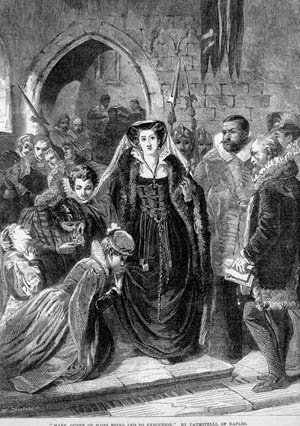
He married in 1562, but his bride died two years later. Francis remarried in 1564 to wealthy widow Ursula Worsley. The couple was married for 24 years and had two daughters. By this time Walsingham was a confirmed Puritan with all the attributes associated with the breed: smug, boorish, and nitpicking, constantly demanding ever more Protestant reforms in the Protestant Church of England. What set Walsingham apart from the run-of-the-mill Puritan was his wry, self-deprecating humor and, most importantly, his most outstanding trait: the way he kept his own council; the fact that he never let a stray word slip; and how he lived by the motto “Video et taceo” (See and keep silent). It was said by contemporaries that “he saw every man, and none saw him.”
In 1568, the 36-year-old Walsingham started his distinguished, hard, and thankless career in Elizabeth I’s service when he took on secret assignments for the Queen’s Chief Minister Lord Cecil. Among his first acts included intelligence gathering about plots against the life of Elizabeth and Cecil, setting up surveillance of possible foreign agents arriving in London, and keeping tabs on the activities of Mary Queen of Scots—the Catholics’ choice to replace Elizabeth I on the English throne—and her inner circle who now resided in England as unwanted guests and virtual prisoners of the English government.
In that year Walsingham got the opportunity to try his hand at being both a government propagandist and spy master when a scheme was uncovered involving the possible marriage of England’s most powerful peer of the realm, Thomas Howard, Duke of Norfolk, to Mary Queen of Scots. Such a union would not only unite England and Scotland but cement Mary’s Catholic claim to the English throne. Such a proposition was intolerable to the Protestant rulers of Elizabethan England, and Walsingham was tasked with stirring up popular opposition to the marriage. He did a masterful job in doing so with a pamphlet he wrote that blackened the character of Norfolk and Mary using a number of truths and half-truths to provide evidence supporting opposition to the union. It demonstrated his talent for producing the rawest propaganda aimed at the willing audience of England’s Protestants.
While investigating the matter of Mary Queen of Scots’ possible marriage to Norfolk, Walsingham also gained his first experience with interrogation. The suspect in question was an Italian banker, Roberto Ridolphi, who on the orders of Pope Pius V had been channeling money to English Catholics and Norfolk with the intent of overthrowing Elizabeth’s government. The result of his interaction with the Italian was that Walsingham, in espionage parlance, “turned” Ridolphi and persuaded him to become a government double agent. This revealed another of Francis’ salient traits, which according to his friend and antiquary William Camden, showed that he was “a most subtle searcher of hidden secrets, who knew excellently well how to win men’s minds unto him and apply them to his own use.”
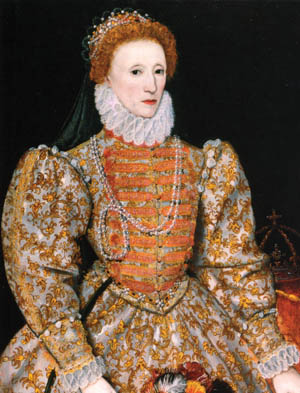
Gaining much esteem from his successful derailing of the Norfolk-Mary Queen of Scots marriage scheme, as well as thwarting Ridolphi’s plans of a government overthrow, Walsingham was sent on a diplomatic mission to France to win security for the Huguenot Protestants after the conclusion of its civil war, which ended in 1570. His efforts in that matter soon earned him, against his wishes, the ambassadorship to France, where he spent much of his time trying to seal a marriage contract between his queen and one of the royal French princes and forging an effective alliance between France and England against Spain. While in France he also acted as a trusted unofficial adviser to the queen regarding European diplomatic affairs.
On his return to England in 1573, Walsingham was tasked with orchestrating repressive measures against the mainly Catholic population of the nations of northern Europe. To confirm his new authority, he was named a privy councilor and one of Elizabeth’s two principal secretaries of state on December 20, 1573. The post involved the rather mundane responsibilities of handling all papers regarding international affairs, going to various foreign embassies, and tracking national projects, such as construction works, dealing with seagoing piracy, regulation of trade, and overseeing royal patronage appointments. It appears that the stress of this huge amount of monotonous work was relieved by Walsingham’s only recreational activity: hunting rabbits with his pet greyhounds.
In addition to his duties as secretary of state, Walsingham was assigned to the far more exiting and sinister responsibilities of being the queen’s secret policeman. This work involved employing an army of informants (paid for by the government and at times out of Walsingham’s own pocket) to root out treason, using torture to extract incriminating confessions and information and hunting down fugitive Catholic priests throughout the country. Being a passionate Puritan, Walsingham saw a desperate need for all Protestants to unite internationally against the might of the Catholic powers and was prepared to use any method, no matter how devious, to protect English Protestantism. As stated by Scottish King James VI in 1583, Walsingham was “very Machiavellian in his religious fervor.”
The First Secretary needed all the “religious fervor” he could muster after the papacy sent a wave of missionary Catholic priests, educated in new English seminaries founded in Europe, against England in 1574. To meet this potent threat, in 1577 Walsingham set up a number of castle prisons to hold those Englishmen who accepted the Catholic missionaries’ teachings, or even Protestants who failed to strictly tow the Protestant religious line such as regularly attending Church of England services. He also sent men like Charles Sledd to infiltrate the Catholic seminaries in Europe and to forward to him lists of graduates of those institutions who travelled to England. These men were promptly arrested and imprisoned or executed. In 1581 Walsingham was authorized by the queen to interrogate those suspected of conspiring against her, especially Catholic clergy. The rack and other forms of torture were liberally used during these interviews.
Upon his appointment as Secretary of State in 1573, Walsingham assumed responsibility for implementing government intelligence-gathering operations centering on the growing Catholic threat, both internally and externally. These included religious-inspired plans to invade England,and fathoming the intentions of the major European powers.
Walsingham obtained international intelligence from many Italian agents he had used when he was ambassador to France. English custom agents operating in English ports provided him with material gleaned from their contact with all persons arriving and leaving the country. Further, English merchants abroad supplied reports to the secretary in exchange for favorable decisions regarding trading disputes. By 1580 he had agents in 12 cities in France, nine in Germany, four in Italy, four in Spain, three in the Low Countries, and others in the Ottoman Empire centers of Algiers, Tripoli, and Constantinople. These included authorized diplomatic personnel as well as ordinary citizens inserted into foreign legations. Although most of his agents were motivated by money, they proved to be surprisingly dependable and effective and even numbered among them famous men, such as playwright Christopher Marlowe, who worked for Walsingham in Paris and Rheims during 1587.
To make his spy operations work, Walsingham assembled a group of experts to organize and process the huge amount of intelligence that came into his hands. They worked out of his London home in Seething Lane located a few hundred yards from the Tower of London. One of the most important branches of his intelligence apparatus developed cryptology methods and a wide range of ways to secretly transmit messages by using cyphers, invisible ink, and other means.
The assassination of William of Orange in 1584 heightened the fear of a similar attempt on the life of Elizabeth I and caused Walsingham to look more closely at Mary Queen of Scots who would be the beneficiary of any successful plot against Elizabeth. The evidence Walsingham needed to connect Mary with conspiring to kill the queen was provided when Anthony Babington, a onetime courier to Mary, was arrested after he communicated with her in 1586 concerning a proposed uprising by English Catholics supported by a seaborne invasion of the country by foreign troops. Babington also wrote that he and a few others would support the local rising and invasion by murdering Queen Elizabeth. Babington’s missive, as well as Mary’s reply to it, in which she wrote that she supported both the hostile invasion of England and the overthrow of Elizabeth, fell into Walsingham’s hands as it was fated to do since he secretly controlled all communications to and from Mary.
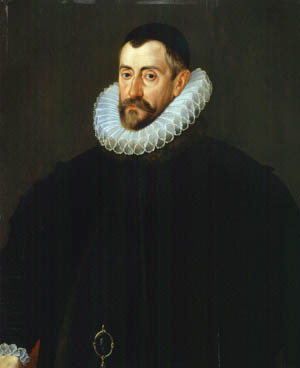
In September 1586, Babington and most of the conspirators were executed. Mary of Scots would go to her death the next year for her part in what would become known as the Babington Plot. Her death, at first rejected by Elizabeth, was finally ensured by a campaign of misinformation, including warning of an imminent invasion of England by Spain and reports of plans for Mary’s recue and Elizabeth’s assassination. Walsingham crafted these false stories to goad the queen to order her cousin’s execution, which was carried out on February 8, 1587. Walsingham had little time to ruminate on the Scottish queen’s death because the threat of a Spanish invasion of England was clearly on the horizon, and he had to find ways to deal with it.
What triggered the launching of the Spanish Armada was Spanish anger over Francis Drake’s plundering of Spain’s West Indies possessions in 1585 and the English military expedition sent to the Low Countries that same year. In 1585, to prevent a Spanish attack, Walsingham urged the English ambassador to Turkey to persuade the Turks to attack Spanish interests in the Mediterranean or strike at southern Spain. The effort failed, but it revealed Walsingham’s penchant for preemptive action.
In early 1587 Walsingham received definite information from one of his agents based in Rome that Philip II of Spain was planning a seaborne landing in England. Within a few months his spies had provided him with an accurate picture of the size and plan of the Armada campaign. Walsingham urged a preemptive strike by the English on the staging ports where the armada was being assembled. The result was Drake’s dramatic attack on Cadiz which not only destroyed 37 enemy ships but caused the sailing of the Armada against England to be delayed until the next year.
In another effort to short circuit a Spanish invasion, Walsingham got London financiers to urge the great Italian banking houses to deny loans to the Spanish. The Italian money lenders agreed and thus starved the armada of much needed operating funds, keeping it in port for most of 1587. At the same time, the secretary stepped up his surveillance of Philip’s preparations by enlisting more spies on the Continent. He even was able to place one of his agents in the household of the first commander of the armada, the Duke de Santa Cruz. He knew that early warning of the armada’s movements and plans would be vital for any effective English response.
Walsingham also practiced disinformation by feeding the enemy, through his paid agents, false intelligence ranging from which English harbors were suitable for disembarking Spanish troops to the tide and weather conditions off the English coast. At the same time, he spent the latter part of 1587 inspecting the militia that would defend the southern coast of England and helped plan the organization and deployment of regular English army troops. He even raised a contingent of 70 horsemen and 200 infantrymen for military service at his own expense.
The work Walsingham performed to help defeat the Spanish Armada was a triumph for his intelligence organization and the crowning achievement of his arduous service to Queen Elizabeth I. That hard work continued despite constant arguments over policy between Walsingham and the queen, and the illnesses, possibly cancer or kidney disease, that plagued him during the last two decades of his life.
On April 6, 1590, Walsingham died at his London home. Twelve days later a Spanish spy sent a report to Madrid, which among other items, mentioned Walsingham’s passing. The agent closed his message with the statement that Sir Francis’s death was greeted in England with” much sorrow.” After reading the report, King Philip made a notation in the margins that while Walsingham’s death might have been bad news for the English, it was good news for the Spanish. No doubt Walsingham would have smiled wryly at this unexpected tribute to his life’s work.
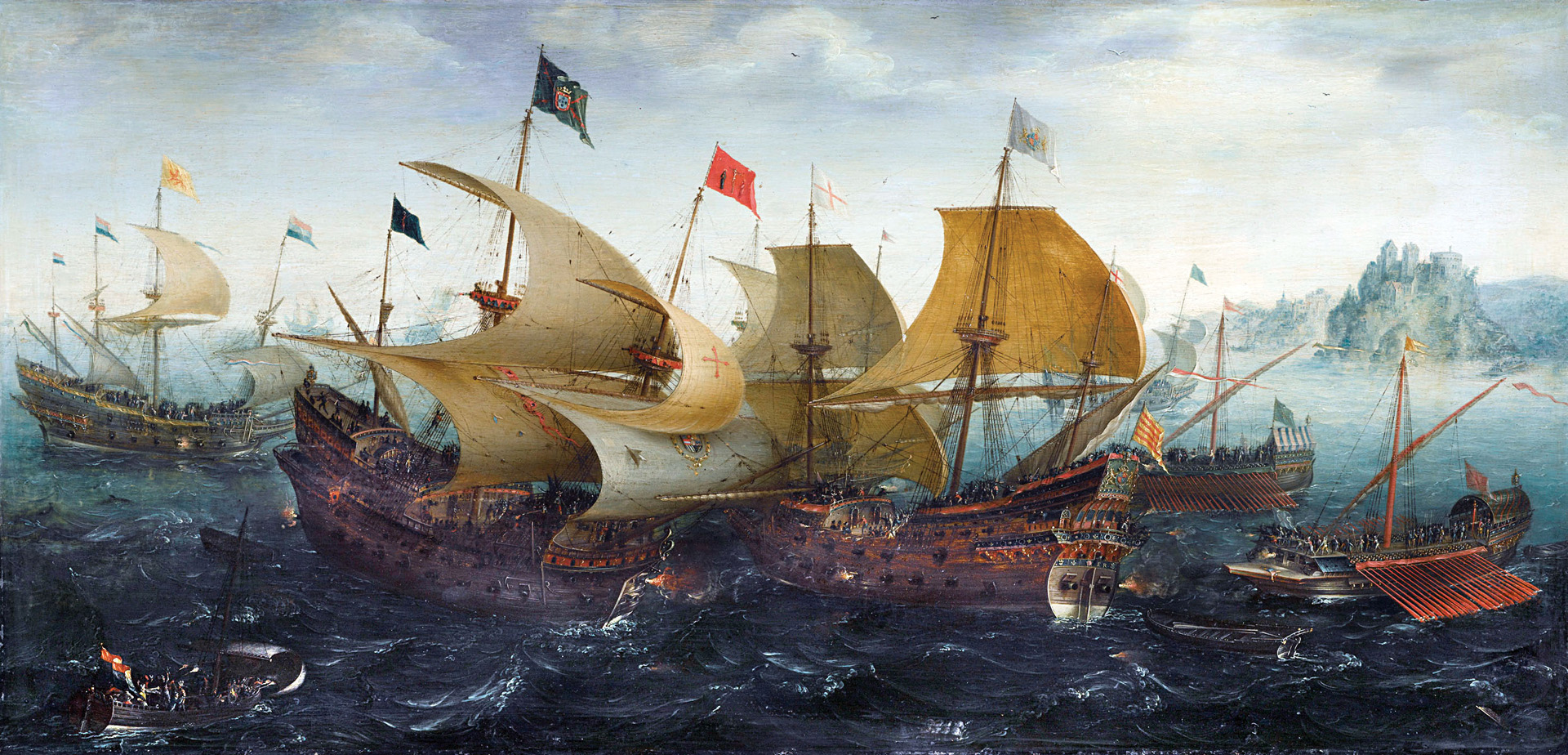



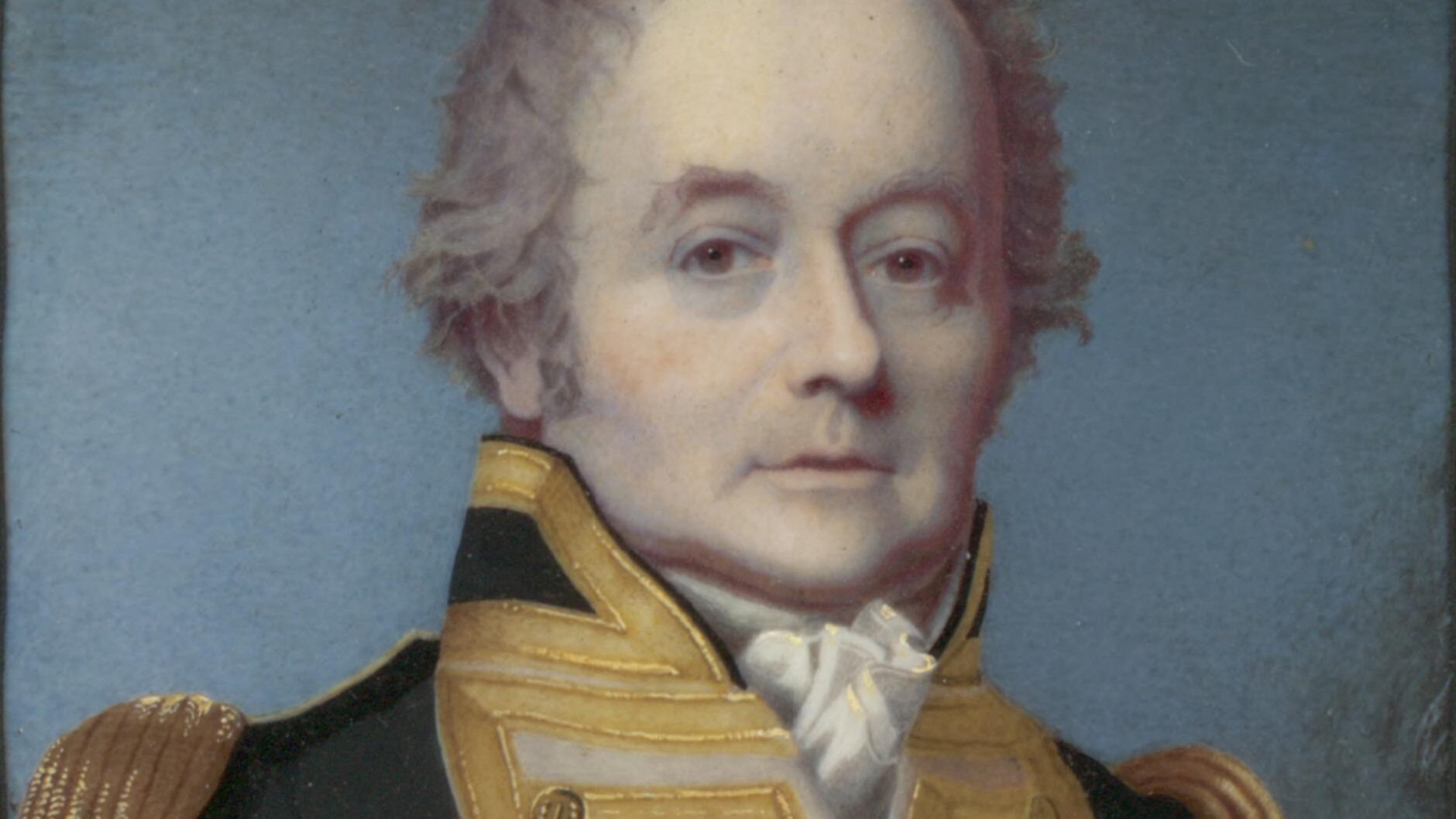


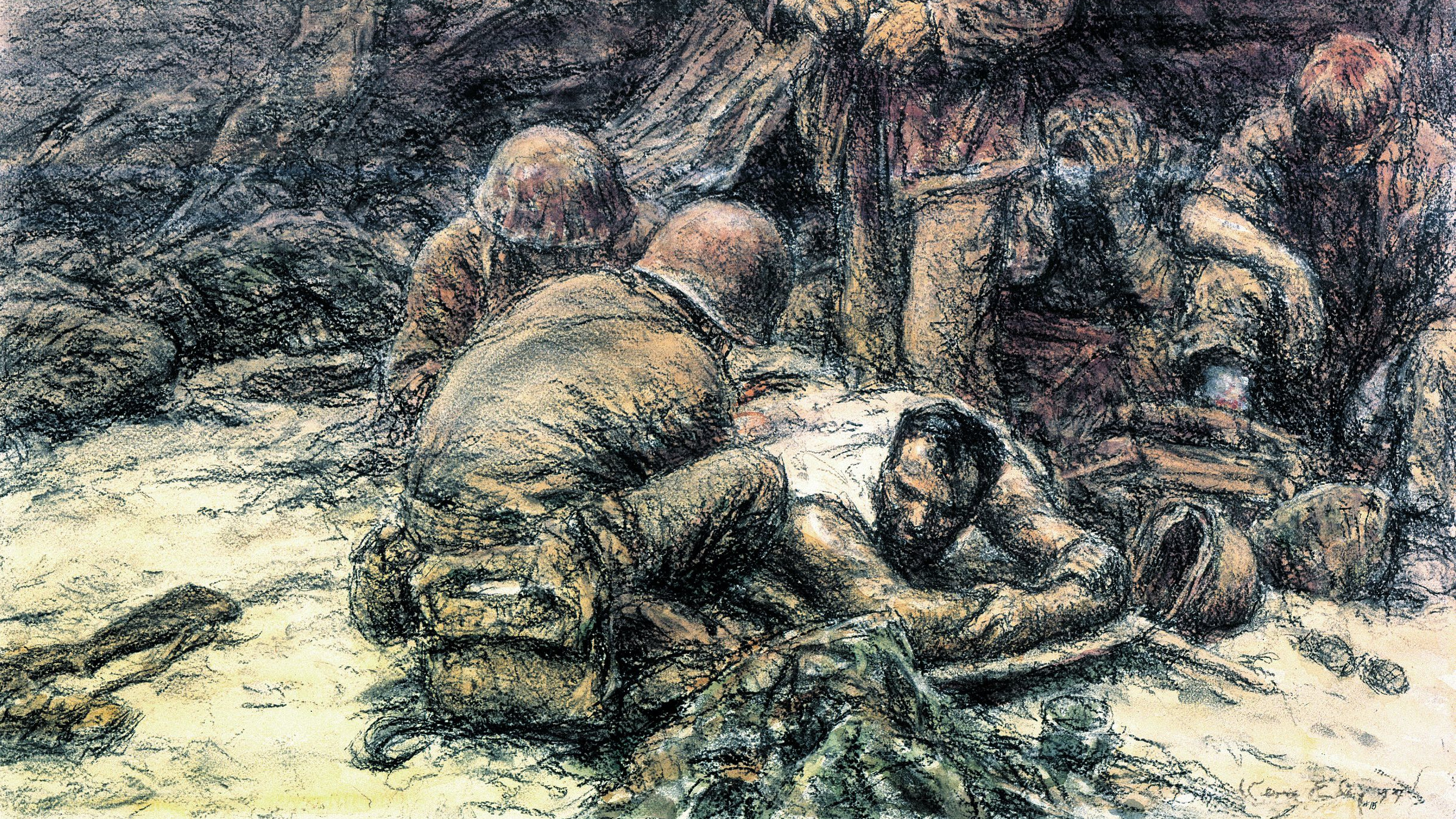

Join The Conversation
Comments
View All Comments